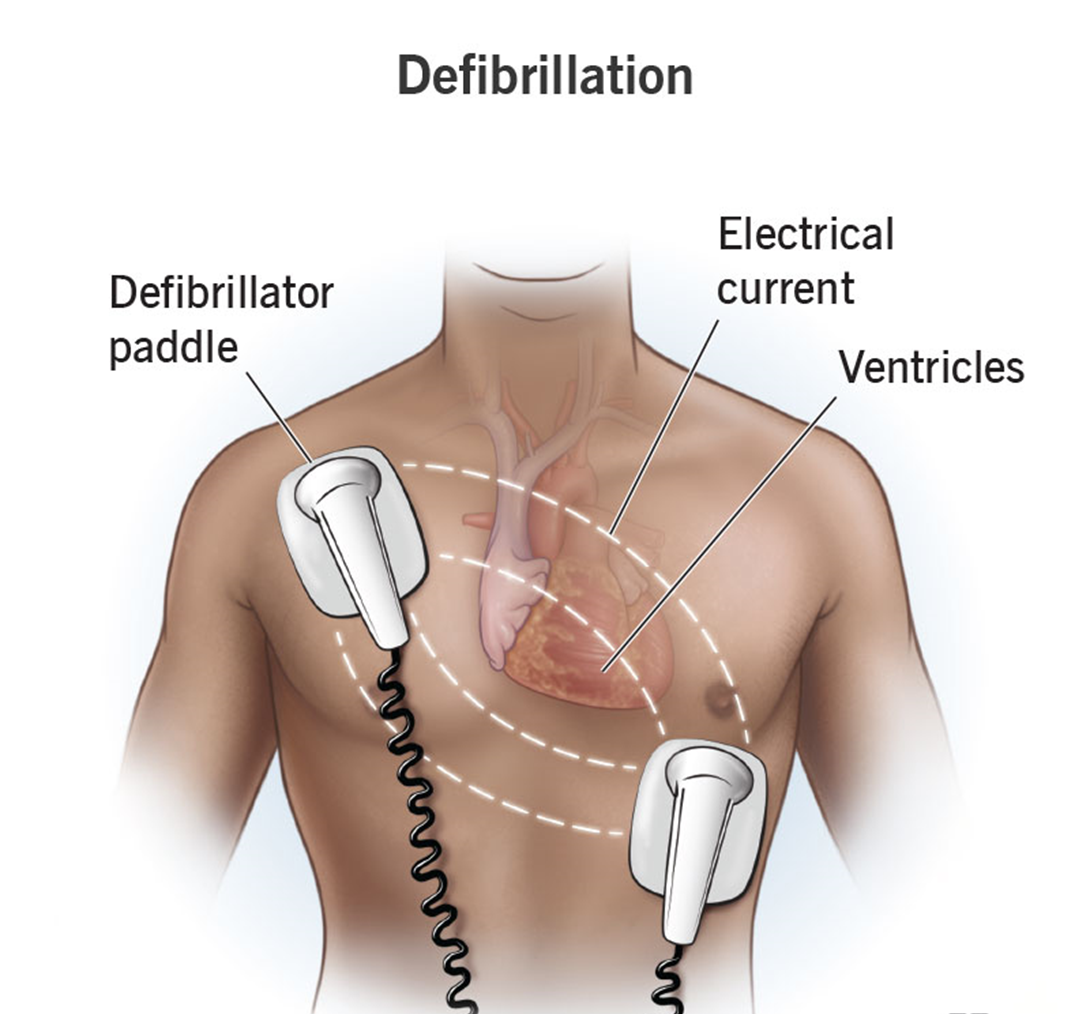A client is about to undergo an abdominal paracentesis. In which of the following positions should the nurse place the client?
Prone
Lateral
Supine
Upright
The Correct Answer is D
Choice A reason: The prone position is not suitable for abdominal paracentesis as it does not allow access to the abdominal cavity.
Choice B reason: The lateral position is also not suitable as it can cause the fluid to shift, making it difficult to remove.
Choice C reason: While the supine position is commonly used for many medical procedures, it is not the best choice for abdominal paracentesis due to the distribution of fluid.
Choice D reason: The upright position is preferred because it allows the fluid to pool at the lowest point of the abdominal cavity, facilitating its removal.
Nursing Test Bank
Naxlex Comprehensive Predictor Exams
Related Questions
Correct Answer is A
Explanation
Choice A reason: Propranolol is contraindicated in patients with asthma as it may cause bronchoconstriction, exacerbating respiratory difficulties.
Choice B reason: Glaucoma is not a contraindication for propranolol; in fact, betablockers can be used to treat glaucoma by reducing intraocular pressure.
Choice C reason: Depression is not a direct contraindication, but caution is advised as propranolol can sometimes worsen symptoms of depression.
Choice D reason: Propranolol is often used as a preventive treatment for migraines and is not contraindicated in patients with this condition.
Correct Answer is A
Explanation
Choice A reason: Defibrillation is used in the case of life-threatening cardiac rhythms, such as ventricular fibrillation or pulseless ventricular tachycardia. It is not the first line of treatment for a stable patient with VT.
Choice B reason: CPR is initiated when a patient is unresponsive and not breathing or not breathing normally, indicating cardiac arrest. It is not indicated for a patient who is stable and experiencing VT.
Choice C reason: Elective cardioversion is a procedure where an electrical shock is delivered to the heart to convert an abnormal rhythm back to a normal sinus rhythm. It is typically used for rhythms such as atrial fibrillation or atrial flutter, not first line for VT.
Choice D reason: Radiofrequency catheter ablation is a procedure that uses radiofrequency energy to destroy a small area of heart tissue that is causing rapid and irregular heartbeats. In the case of VT, this procedure is used to target the area causing the abnormal rhythm and is a common treatment for recurrent VT.

Whether you are a student looking to ace your exams or a practicing nurse seeking to enhance your expertise , our nursing education contents will empower you with the confidence and competence to make a difference in the lives of patients and become a respected leader in the healthcare field.
Visit Naxlex, invest in your future and unlock endless possibilities with our unparalleled nursing education contents today
Report Wrong Answer on the Current Question
Do you disagree with the answer? If yes, what is your expected answer? Explain.
Kindly be descriptive with the issue you are facing.
